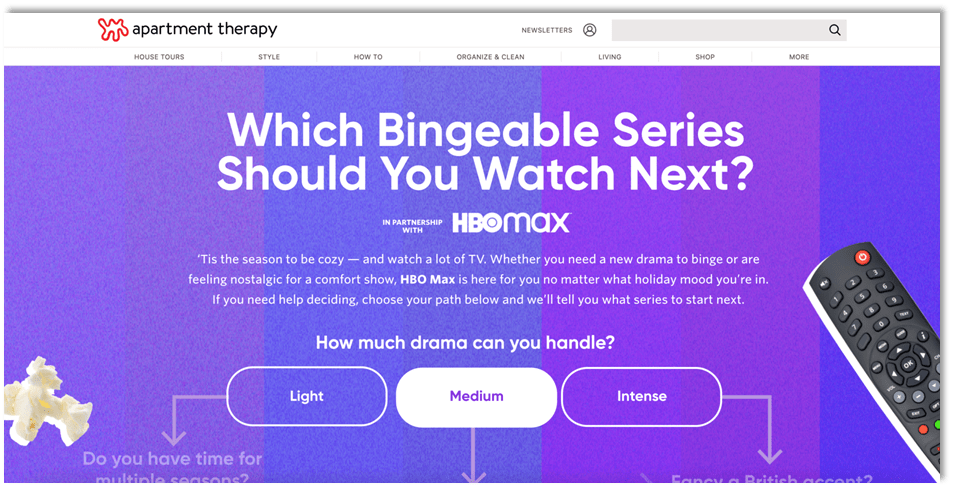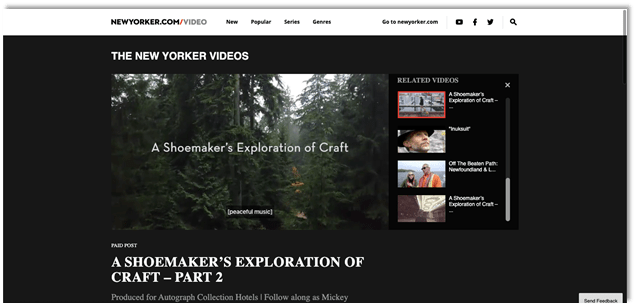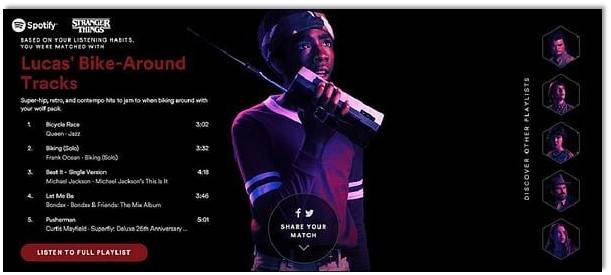Native Advertising: Blending in to Stand Out
Native advertising is one of digital marketing’s most powerful – and most debated – tools. Whether you consider it targeted or tricky, there’s a lot of evidence that native advertising works. So, what’s the real deal on native advertising for your brand? And how can you craft native ad content that connects with your audience and avoids the potential pitfalls?
What exactly is native advertising?
In the digital ad world, native advertising is the use of paid ad content that matches the look, style and editorial approach of the media format in which it appears. Common examples of native advertising at work might include paid editorial style content, recommended content on a web page or even sponsored content on social media.
Sounds a lot like content marketing, right? There’s one very important difference. When we talk about content marketing, the brand is the publisher, generally placing that content on a platform that it owns and operates, for example a blog or website. In native advertising however, brands are paying a third party to place content on their platform and conforming the style and approach of that content to blend with the third-party publisher.

Why is native advertising controversial?
Most of the controversy surrounding native advertising is focused on one issue: a lack of transparency. When paid content blends so well with its surroundings and is not clearly disclosed, a user may not realize it’s an ad at all – at least at first. No one likes to feel that they’ve been misled or they’ve fallen for some kind of click bait. So, if a user clicks on a piece of content and then has a negative experience in discovering that it’s actually an ad, issues can arise both for the brand and the platform. It’s never the goal to create a negative experience or interaction between your brand and your customers. And the pushback from consumers is a potential risk for the publishing platform as well. Imagine if you are a high-profile editorial publication like The New York Times. If consumers perceive a lack of transparency around what is editorial and what is advertising in your publication, then the public’s trust in your reputation as a publisher may be eroded.

Does native advertising work?
The flip side to the native advertising controversy is that there’s a lot of evidence that native advertising, done correctly, really works. Recent research shows that native ad placements may get looked at up to 50% more than regular display ads, that their click through rates tend to be higher and that they show higher rates of conversion to sale than other types of digital display advertising. In particular, it appears that Gen Y and Gen Z consumers actually favor the native ad format and find it to be more appealing than traditional advertising.
Native advertising can also be an effective way to break through ad fatigue. Online audiences are so bombarded with display ads that they naturally begin to tune them out. The more editorial style format of native advertising is less vulnerable to that effect.

How can you do native advertising the right way?
Just like so many other things in branding and marketing, the key to effective and ethical native advertising is about transparency, authenticity and delivering real value to your customer with relevant and interesting content.
Don’t try to be tricky.
First and foremost, transparency and truth in advertising standards are in place for a reason. Follow the guidelines. Don’t try to be sneaky or trick anyone into clicking on your content. Not only does this create negative experiences, it’s also just unnecessary. Knowing that a content piece is an ad doesn’t counteract the positive effects that you can gain in terms of brand engagement and purchase behavior IF the content is relevant and interesting to your audience. Online consumers know they are being marketed to all the time. It’s the way the brand approaches it that determines whether that’s a positive brand-building interaction or a negative brand-buster.
Deliver what you promise.
Authenticity is critical in building relationships. Your content should meet the expectations set by whatever you used to entice them to click. It should also genuinely connect both with your audience and with your brand and everything for which it stands. There are lots of ways to grab attention online in the short term. But to build longer term connection and loyalty, it’s important that every content piece, no matter where it is placed, stays true to you.
Make it good.
The heart of successful native advertising is strong, high-quality content that is focused on your audience’s interests and needs. Whether it’s genuinely useful, thought-provoking, informative or just entertaining, native ad content should provide real value to your audience based on the things that they value and how your brand serves those same values. And while content should align with your brand, it doesn’t necessarily have to be solely about your brand. Native ad placements can provide a great space to incorporate personal storytelling around your brand or to explore brand values that your audience shares to build connection and loyalty.

All signs point to native advertising being here to stay. Now’s the time to explore how native advertising fits in with your brand’s digital advertising and content strategy.
Need help steering your brand’s digital marketing strategy to success? Connect with the Clementine team today!
Header photo by Michael Dolejš on Unsplash
